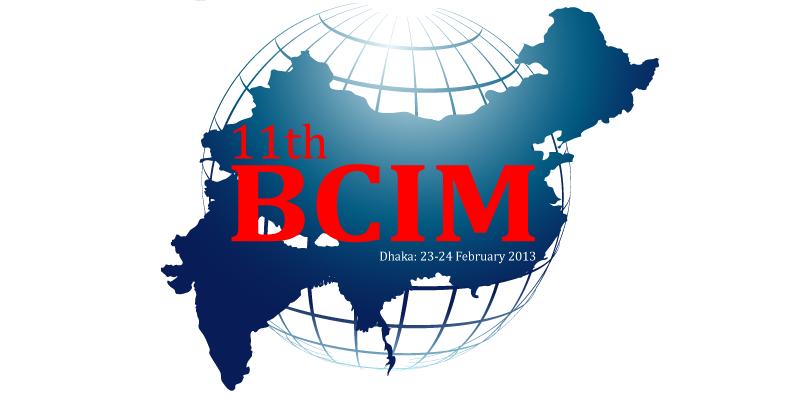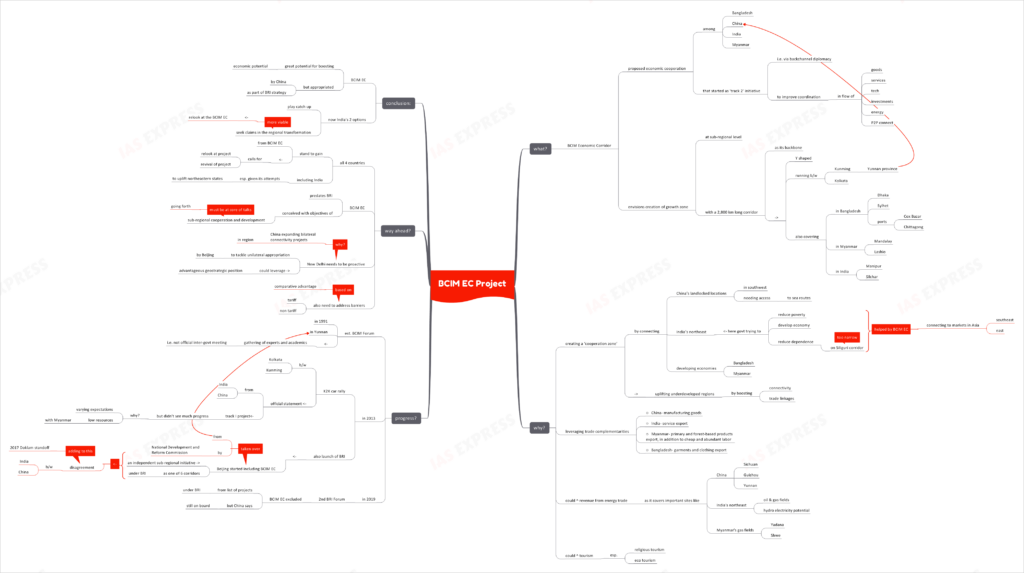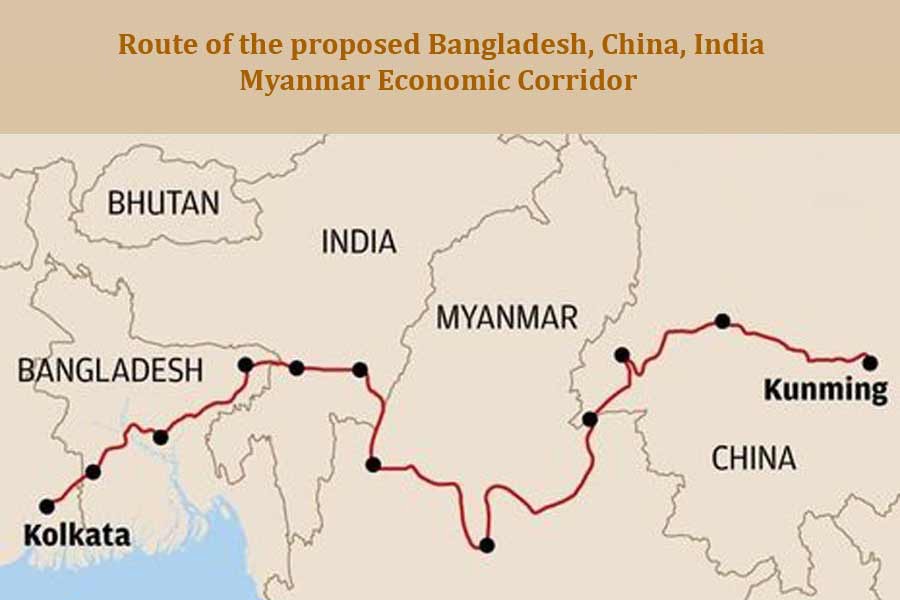BCIM Economic Corridor- Need for Revival

From Current Affairs Notes for UPSC » Editorials & In-depths » This topic
IAS EXPRESS Vs UPSC Prelims 2024: 85+ questions reflected
What is the project about?
- The BCIM Economic Corridor is a project in economic cooperation involving Bangladesh, China, India and Myanmar.
- It started as a ‘track two’ initiative i.e. via backchannel diplomacy to improve coordination in the flow of goods, services, technology, energy, investments and P2P contacts among these countries.
- For this, the project envisioned the creation of a sub-regional growth zone, with a 2,800 km long corridor as its backbone.
- This is a Y-shaped corridor would link Kunming in the Yunnan province of China with Kolkata. It passes through several key locations:
- Dhaka and Sylhet in Bangladesh
- A branch would also include Bangladesh’s ports- Cox Bazar and Chittagong
- Mandalay and Lashio in Myanmar
- In India, it also passes through Manipur and Silchar


What is the rationale behind it?
- This proposed project links southwest China’s landlocked locations with India’s northeast, while also boosting connectivity in the developing economies of Bangladesh and Myanmar, thus creating a ‘cooperation zone’.
- The project seeks to uplift a significant number of underdeveloped areas in these countries by boosting connectivity and trade linkages.
- The Indian government has been attempting to reduce poverty and develop the economy in the northeast. The BCIM EC, by linking the northeastern economy with the markets in southeast and east Asia, would create opportunities for the northeastern states, which have been highly reliant on the narrow Siliguri Corridor for connectivity.
- For China, connecting its landlocked economy in Yunnan with the Indian and Bangladeshi ports would help it access sea routes.
- The project would help the countries leverage the trade complementarities that exist among them:
- China- manufacturing goods
- India- service export
- Myanmar- primary and forest-based products export, in addition to cheap and abundant labor
- Bangladesh- garments and clothing export
- The EC would also increase the countries’ revenue from energy trade. Notable locations covered by the project include:
- Sichuan, Guizhou and Yunnan provinces of China
- Northeastern oil and gas fields of India, in addition to huge hydroelectric power potential
- Myanmar’s Yadana and the Shwe gas fields
- Tourism is another sector that would profit from the EC. The region has significant potential for religious tourism and eco-tourism, attracting tourists not only from these 4 countries but also from the world-over.
How has the project progressed?
- The BCIM Forum was established in Yunnan in 1991 itself. In the following years, the forum was nothing more than a gathering of experts and academics i.e. it wasn’t an official intergovernmental meeting.
- In 2013, a K2K car rally was organized from Kolkata to Kunming. Following its success, China and India issued a joint statement agreeing to the development of the BCIM EC- marking its start as an official governmental project.
- However, the project didn’t progress due to a number of reasons, such as varying expectations and lack of resources with Myanmar.
- Notably in 2013, China formulated its Belt and Road Initiative. Over time, Beijing started including BCIM EC, initially an independent sub-regional initiative, as one of the 6 planned economic corridors under the BRI framework.
- In 2015, China’s National Development and Reform Commission entered the BCIM EC talks and linked it to the China-Pakistan Economic Corridor project.
- Understandably, this led to disagreement between China and India. The 2017 Doklam standoff further threw a spanner in the works.
- However, at the 2nd BRI Forum, China excluded BCIM EC from the list of projects under BRI. While this raised question about whether China has opted out of the project, Beijing said that BCIM talks are still ongoing.
What is the way ahead?
- India, like the other 3 countries, stand to gain from the project, especially for its efforts to uplift the north-eastern states. Hence, it is wise for India to take a relook at the project and take efforts to revive it.
- The BCIM EC predates the BRI project and it was conceived with the objective of sub-regional cooperation and development in mind. Hence, the negotiations on the project should continue in pursuance of those aims.
- New Delhi should be a proactive player, while tackling Beijing’s unilateral appropriation of the project. In the negotiations, India’s advantageous geostrategic position with regards to the project could be leveraged. This is especially vital given how China is quickly increasing its bilateral connectivity projects in the region.
- Apart from the development of supply chains and value chains along the corridor, addressing tariff and non-tariff barriers, based on comparative advantage, is necessary to realize the project’s full potential.
Conclusion:
The BCIM EC is a project with great potential for boosting the economic strength of India’s northeast, as well as the partner countries’ landlocked sites. However, the ground fact is that Beijing has unilaterally taken over the sub-regional project and made it a part of its BRI strategy. Now, India can either play catch up or seek claims in the regional transformation. Given our time and resource limitations, the latter option is more viable- and this requires a relook at the BCIM EC.
Practice Question for Mains:
What is the BCIM Economic Corridor project? How can India cooperate on this project while maintaining its stance on China’s BRI project? (250 words)
If you like this post, please share your feedback in the comments section below so that we will upload more posts like this.

